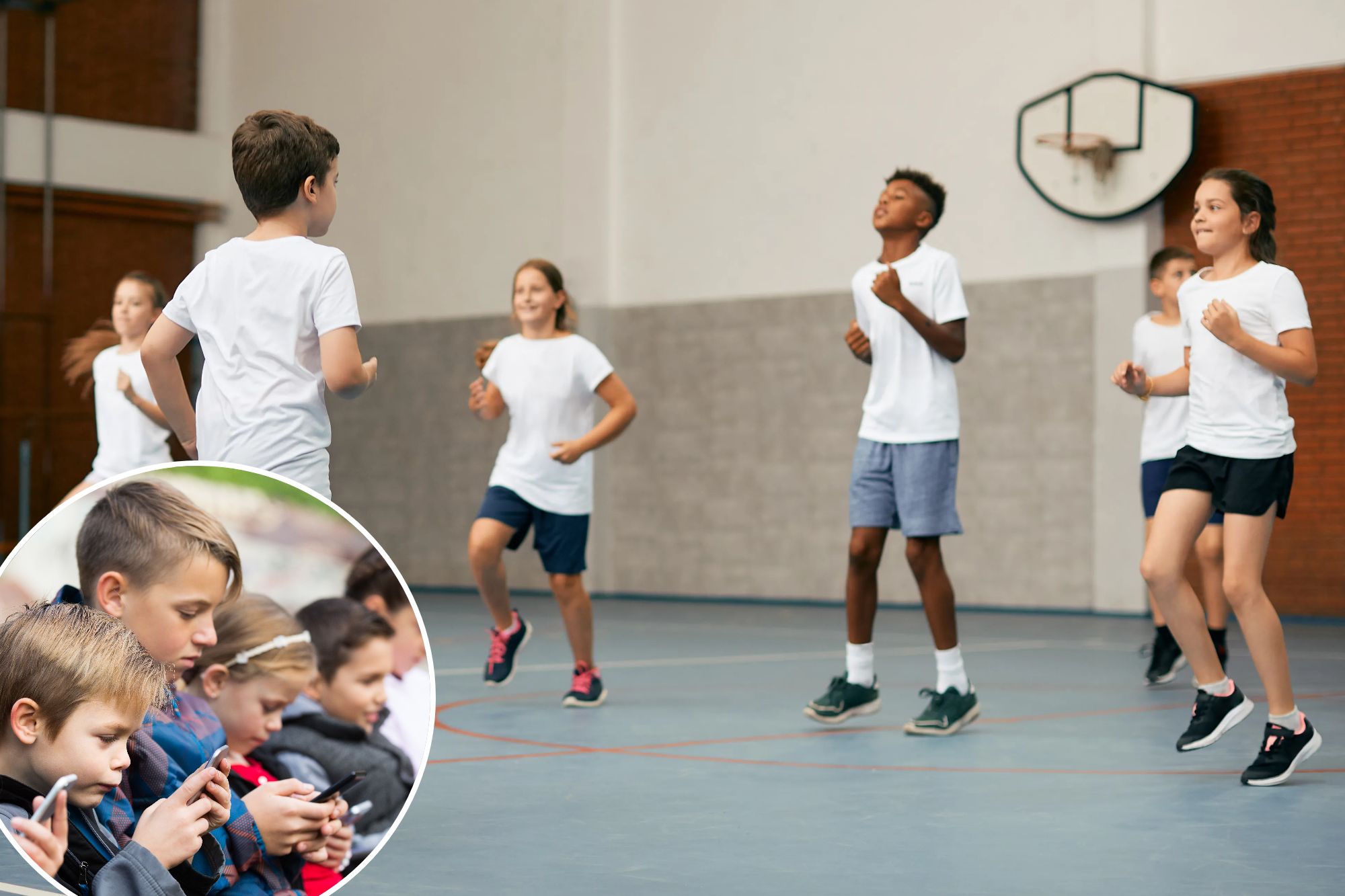
Math and reading scores have been declining in American classrooms for years. And this is not just an academic challenge, it’s a matter of national security. According to a Department of Defense brief from late last year, China and Russia are graduating far more math, science and engineering students than the US, compromising America’s defense preparedness.
Hiring more teachers might seem like the most obvious way to help America’s students catch up; so too is reducing classroom sizes. But neither appear to boost graduation rates. What about injecting more movement into class time, instead? The need could not be greater.
Indeed, according to a recent “report card” from the Physical Activity Alliance, barely one-fifth of American children are meeting the minimum physical activity levels of 60 minutes each day. What’s more, average American teenagers are sitting up for upwards of eight hours each day. These behaviors have serious consequences — including obesity, depression, and sleep disturbances; prolonged levels of inactivity are bad for both the body and the mind.
Children need to move — and the US education system is failing to get them on their feet. Instead, students are told to actually stay still, stop fidgeting and remain quietly for hours at a time. This might make things easier for teachers, but for students there are far better options, most notably kinesthetic learning.
For the uninitiated, kinesthetic learning — also known as tactile learning — involves the active engagement through physical sensations or movements. Rather than merely sitting in classes, students learn through practical experiences, exploration, and the process of discovery. The current education system treats children like passive recipients of information; kinesthetic learning, on the other hand, actively engages kids. It works particularly well for boys, who are far more prone to in-class distractions in than girls.
Research demonstrates that while physical activity may improve overall academic achievement, it’s particularly effective in boosting math skills. That’s because exercise activates regions of the brain associated with mathematical cognition. The incorporation of movement can also aid in the development of phonemic awareness and letter-sound recognition, along with the understanding of fundamental concepts.
For instance, when 8-year-olds were instructed to use their hands and bodies to act out the meaning of words in a foreign language — such as spreading their arms and pretending to fly to learn the German word for airplane — they were significantly more likely to remember the words, even after two months, with a 73% higher recall rate.
This effect is not just limited to language. In a 2021 study involving 757 elementary school students in Copenhagen, researchers divided the participants into two groups. One played in basketball while doing math, while the other followed the usual classroom routine and shot hoops as a regular gym activity. Those who paired basketball with math exhibited a six percent improvement in subject proficiency, a 16% increase in intrinsic motivation, and a 14% enhancement in perceived autonomy compared to their peers who learned math solely in the classroom.
The brain influences the body, but the body also influences the brain, a process known as “embodied cognition.” For many students, engaging in low-intensity movement helps them regulate alertness levels; with Stanford experiments demonstrating that students generate more creative ideas while walking than when seated.
Incorporating more movement, even micro-movements, into the average school day is not rocket science. For instance, in mathematics classes with younger children, hand and arm gestures can be employed to impart a wider array of complex concepts like tangents and cosines.
Additionally, teachers (and parents) can get children to draw what they have learned. As indicated by a 2018 study out of the University of Waterloo, Canada, children asked to illustrate their lessons were twice as likely to retain the information than children who merely wrote or read about what they had just learned. The combination of cognitive and physiological activities leads to a more profound encoding of learning, making drawing a dependable and easily replicable method for enhancing performance.
Learning is necessary, but it needn’t be a nightmare. The more fun and interactive, the better it is for students — and teachers. Not only does movement influence cognitive abilities, it improves classroom behavior. Children are balls of energy; they are not “designed” to sit for countless hours. Educators must reimagine classrooms accordingly — the future of America’s security depends on it.














